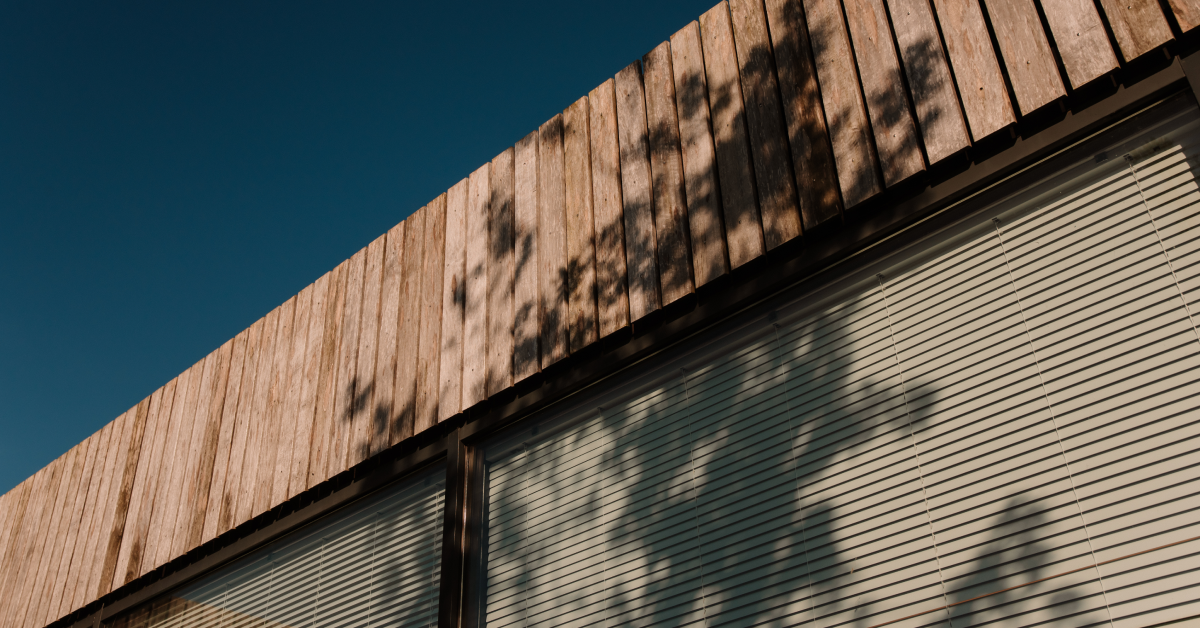Every summer, we receive regular questions about wasps affecting wooden cladding. Why are wasps attracted to wood? Do they cause damage, and what can you do about it?
Why are wasps attracted to wood?
During summer, it's common to see wasps gnawing on wood. They use wood fibers to build their nests. While they often take this from trees, wooden cladding can also be a target. Especially when the wood has weathered and turned grey, the surface fibers become easier for wasps to scrape off.
Is wasp damage harmful to wood?
You may notice gnaw marks on the surface of the wood. This is not structural damage but rather a visual imperfection. The wood may show some streaks or patches, but this discoloration typically fades as the exposed fibers grey naturally again due to sunlight and rain.
What can you do about it?
To prevent wasps from gnawing, you can treat your wooden façade with a paint or coating system. If you notice a lot of wasps on your façade, it's usually a sign that a nest is nearby. In such cases, it's best to contact a pest control specialist if it becomes a problem.
Final Note Wasp activity has no impact on the strength or durability of Platowood wood. Wasps are part of our ecosystem. As long as they don’t pose a direct threat to people, there’s no need to take action — it’s simply nature taking its course.
